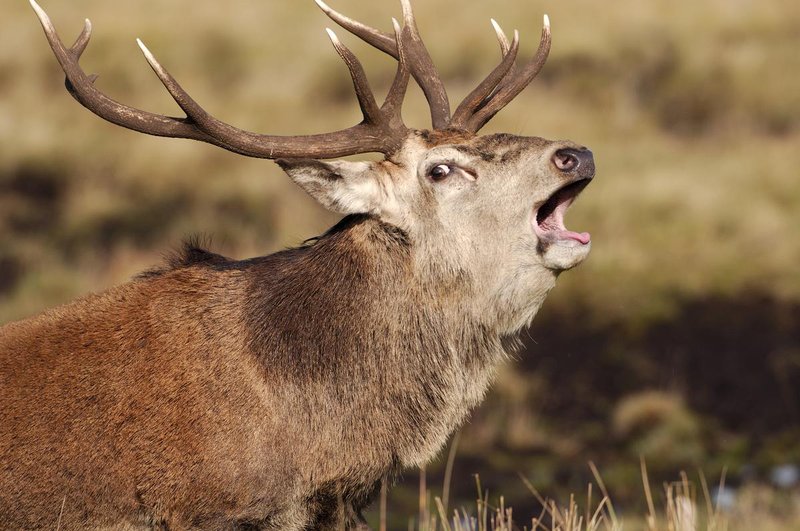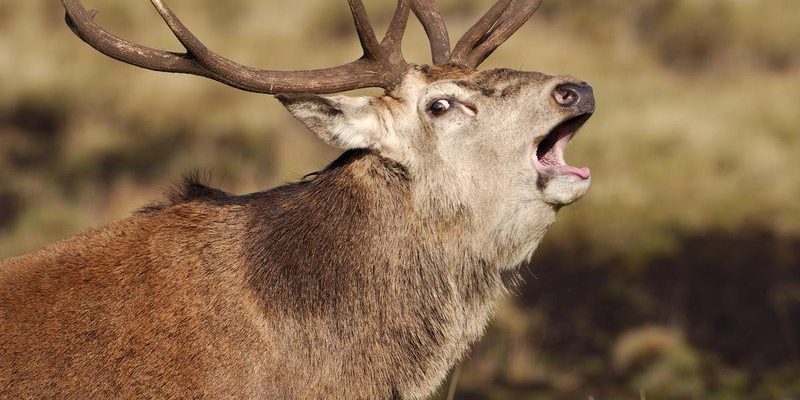
Imagine you’re dropped in the middle of a snowstorm with just one cozy blanket. You’d quickly learn to find food, shelter, and ways to stay warm, right? That’s what stags do—they’ve developed some incredible survival strategies to beat the odds. Let’s dive into how these remarkable creatures manage to survive in tough conditions, whether it’s frigid temperatures or parched land.
Adaptations to Cold Weather
Stags, particularly those living in colder climates, have evolved several adaptations that help them cope with freezing temperatures. One major adaptation is their thick fur coat. It’s not just for show; that plush layer traps heat close to their bodies. Think of it as wearing a super warm winter jacket that keeps you snug even when the wind is howling around you.
Moreover, stags have a special layer of fat beneath their skin that serves as insulation. This fat acts like a natural thermal barrier, helping them retain body heat even when the temperature drops. When winter arrives, these animals can adjust their behavior, spending more time in sheltered areas to avoid the biting wind and snow. They know how to pick the best spots to hunker down during a snowstorm, similar to how we’d find a cozy corner at home during a blizzard.
Lastly, they can modify their diet in the winter. While summer offers an abundance of fresh greens, winter presents challenges. Stags turn to woody plants and bark, showing remarkable adaptability. It’s like switching from gourmet meals to survival rations, but they make it work!
Finding Food in Tough Times
Food can be hard to come by in harsh environments, especially during winter months when vegetation is scarce. Stags have developed some clever strategies to find sustenance even when the going gets tough. In deep snow, they often dig with their hooves to uncover hidden grasses and plants. This behavior is not only essential for their survival but also showcases their determination and resourcefulness.
In regions where food is limited, stags sometimes migrate to avoid starvation. Just like we might travel to find a better job or opportunity, stags move from one area to another in search of better feeding grounds. This can mean traveling many miles, but instinctively, they know the routes that will lead to survival. Their keen sense of smell helps them locate food even when it’s buried under layers of snow.
Additionally, stags often exhibit a social behavior known as herding. Grouping together not only provides safety from predators but also can make finding food a little easier. You might think of it like a potluck dinner, where everyone brings something to the table. By foraging together, they can share knowledge about where to find the best food sources.
Water Sources: Staying Hydrated
Water is crucial for survival, especially in harsh conditions. Stags have a unique ability to find water sources even in the driest of areas. They are known to travel long distances to find reliable drinking spots. Much like us, they know how important hydration is, and they won’t stop until they find it.
In some cases, stags can get water from the plants they eat, especially during the summer months when vegetation is lush. They’ve adapted to maximize hydration, showing that nature has a way of optimizing resources. It’s kind of like making smoothies out of fruits and veggies instead of just drinking plain water. They get their hydration and nutrition all at once!
In areas where surface water is scarce, stags are also known to dig shallow holes in the ground to access groundwater. It’s a bit of extra effort, but when you’re thirsty, every drop counts. This digging behavior demonstrates just how determined stags can be when their survival is on the line.
Behavioral Adaptations to Avoid Predators
In harsh environments, stags face threats not just from the elements, but from predators as well. To stay safe, they’ve developed several behavioral adaptations. One key strategy is their ability to sense danger. Their large ears and sharp eyesight allow them to detect threats from a distance, giving them time to escape.
Stags also use the cover of dense vegetation to hide from predators. Imagine playing hide-and-seek in a thick forest; that’s how they navigate their surroundings. When they sense danger, they’ll often freeze in place, blending into their environment, which can be a lifesaver. This camouflage is a clever tactic they’ve honed over time.
Additionally, stags communicate with one another using vocalizations and body language. When one stag spots a predator, they can alert the rest of the group. It’s like a silent alarm system that helps them keep one step ahead of any threats. This teamwork ensures that they maximize their chances of survival.
Temperature Regulation: Keeping Cool in the Heat
On the flip side, stags also have to deal with extreme heat in their habitats, especially in arid regions. To combat high temperatures, they’ve developed their own cooling systems. You might not think about it, but stags can regulate their body temperature by changing their behavior and activity levels. During the hottest parts of the day, they tend to rest in shaded areas, much like how we seek out air conditioning during a heatwave.
Their coats also play a role in helping them manage heat. In hot weather, stags will shed some of their thick fur to prevent overheating. Think about layering up in winter and shedding those layers once the temperature rises. It’s all part of their natural response to their environment.
Moreover, stags will often take mud baths to cool down and protect their skin from the sun. When they roll in mud, it not only helps to keep them cool but also acts as a natural sunscreen. It’s their version of a spa day, showing just how resourceful they can be when facing the heat.
Social Structures in Harsh Environments
Stags are social animals, and their interactions with each other can greatly enhance their survival in challenging environments. Living in groups, known as herds, provides social benefits that help them thrive. Herds allow for shared vigilance against predators, as multiple eyes are better at spotting danger.
Within these herds, stags often establish a social hierarchy. Dominant males may get the best access to food and mates, but they also bear the responsibility of protecting the group. Think of it like a family where the older siblings look out for the younger ones. This social structure fosters cooperation and ensures that everyone has a better chance of survival.
In these tight-knit communities, stags engage in behaviors that strengthen their bonds, such as grooming one another or engaging in playful activities. This camaraderie is not just for fun; it reinforces social ties and helps reduce stress. A happy stag is a healthy stag, and social interactions can significantly boost their well-being.
Stags are fascinating creatures that embody resilience and adaptability. Their ability to thrive in harsh environments is a testament to the wonders of nature. From their thick fur coats that keep them warm in winter to their clever strategies for finding food and water, stags have evolved to make the most of their surroundings.
As we’ve explored, these majestic animals utilize both physical and behavioral adaptations to cope with challenges, showing us the importance of community and instinct in survival. Just like us, they face tough times, but they find ways to endure and even flourish.
So the next time you think about stags, remember that they’re not just beautiful creatures roaming the wild; they’re also masters of survival, proving that nature always finds a way.

